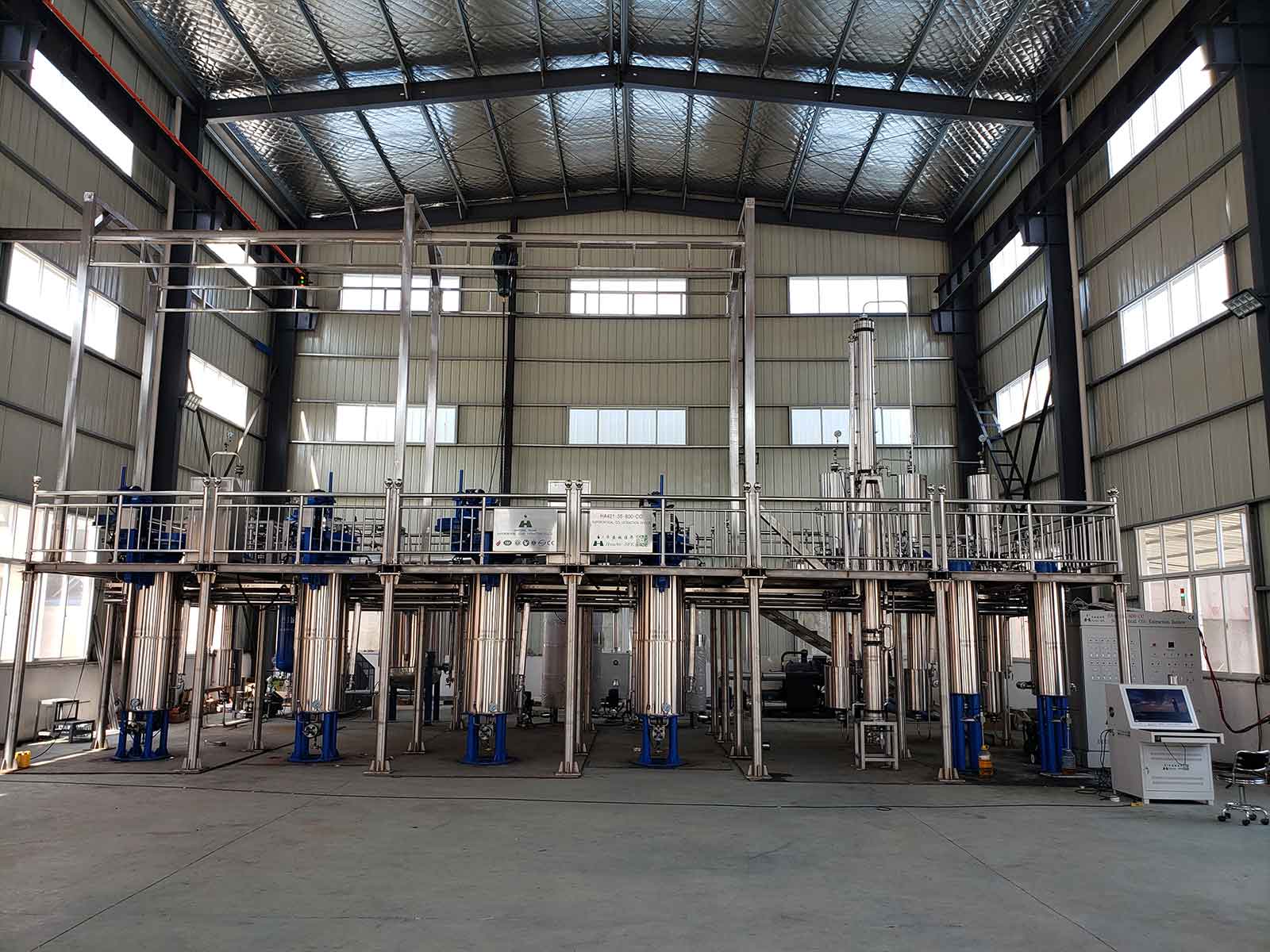To prevent corrosion, it is important to carefully choose the cosolvent used in the supercritical CO2 extraction process. Cosolvents are used to improve the solubility of certain compounds in the supercritical CO2, thereby increasing the yield of the extraction process. However, not all cosolvents are compatible with the materials used in the extraction equipment, and some may cause corrosion or other damage.
Two types of corrosion
- One common type of corrosion is pitting corrosion, which occurs in localized areas of the metal surface. Pitting corrosion can be caused by cosolvents that contain halogen ions, such as chloride (Cl-) or fluoride (F-). These ions can create an acidic environment on the metal surface, leading to the formation of pits. To prevent pitting corrosion, it is important to choose cosolvents that are free of halogen ions or that contain only very low concentrations.
- Another type of corrosion is stress corrosion, which can occur in areas of the equipment that are under stress. Stress corrosion can be caused by cosolvents that contain ions that are sensitive to stress corrosion, such as chloride or hydroxide (OH-). To prevent stress corrosion, it is important to avoid using cosolvents that contain these types of ions, or to limit their concentration to a very low level.
In addition to choosing the right cosolvent, it is also important to monitor the condition of the equipment regularly and to take appropriate measures to prevent corrosion. For example, the equipment may be coated with a corrosion-resistant material, or the cosolvent may be treated with an inhibitor that helps to prevent corrosion. In some cases, it may also be necessary to replace parts of the equipment that have been damaged by corrosion.
Environmental sustainability
It is important to note that the use of cosolvents can also have an impact on the environmental sustainability of the supercritical CO2 extraction process. Some cosolvents, such as ethanol or methanol, are derived from fossil fuels and may contribute to greenhouse gas emissions. In contrast, other cosolvents, such as terpenes or vegetable oils, are derived from renewable sources and may have a lower environmental impact. Therefore, it is important to consider both the technical and environmental aspects when choosing a cosolvent for the supercritical CO2 extraction process.
Final Words
The use of cosolvents in supercritical CO2 extraction can improve the yield and efficiency of the process, but it is important to choose the right cosolvent to avoid corrosion and other damage to the equipment. It is also important to monitor the condition of the equipment regularly and to take appropriate measures to prevent corrosion. Finally, the environmental sustainability of the cosolvent should also be considered when choosing a cosolvent for the supercritical CO2 extraction process.
